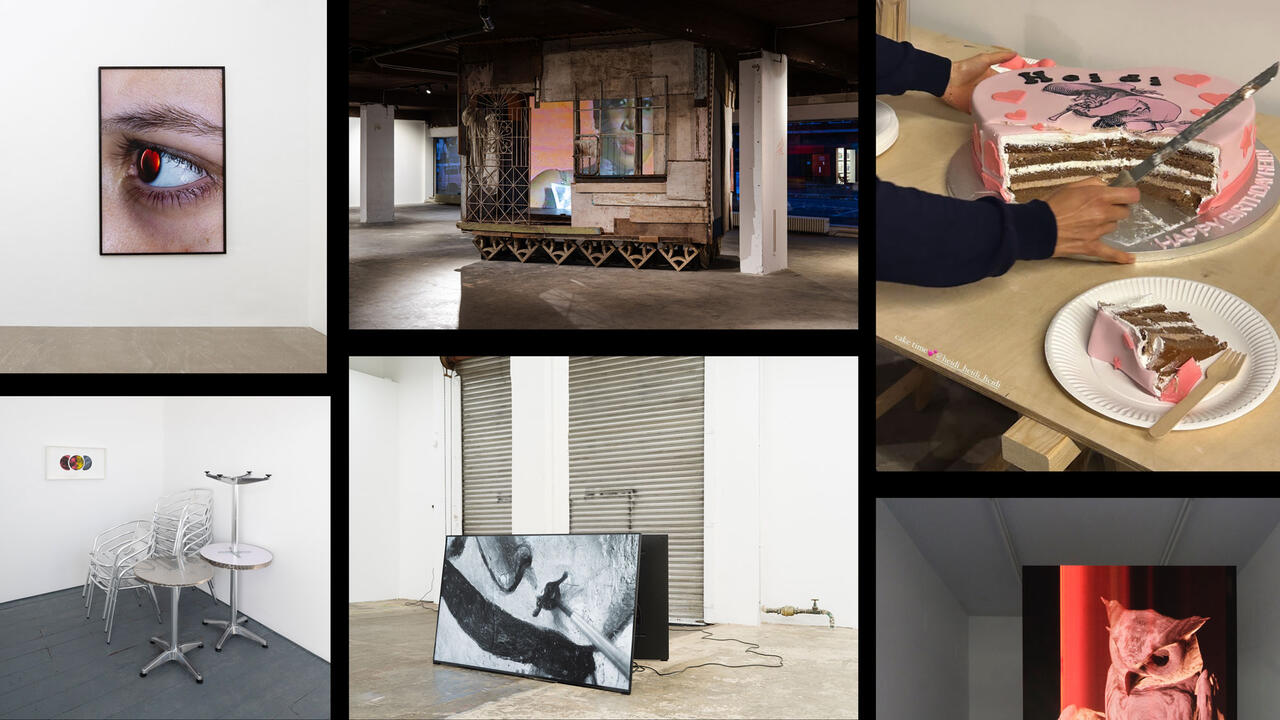Materializing ‘Six Years’

Lucy Lippard began her 1973 book Six Years: The Dematerialization of the Art Object from 1966 to 1972 with a discussion of the distinct political climate in which she was writing. How could she not? The year before her book was published, the Watergate scandal broke; Title IX – a civil rights amendment that prohibited all forms of sexual discrimination in schools − was written into law; 11 of the Israeli delegation were murdered during the Munich Olympics; Angela Davis was released from prison; Ms. Magazine (founded by the feminists Gloria Steinem and Letty Cottin Pogrebin) launched; and the US government held its final Vietnam War lottery draft. It was a particularly inflamed period of history, and one that, Lippard claimed, was directly connected to the advent and production of Conceptual art. All such movements, she argued, had ‘the power of imagination’ and the desire to ‘escape heroic patriarchal mythologies’ at their core. It’s an unstable thesis to fit into an unstable time, one that prompted Lippard to rightly title the introduction ‘A Biased History’ and include the parenthetical phrase ‘(with occasional political overtones)’ in the book’s title. This was the terrific, if overlooked, promise of Six Years and, arguably, Conceptualism at large. Can an idea-based practice, intent on breaking its formal ties with the frame and the pedestal, absorb and challenge the social contexts in which it is situated?
Unfortunately, it was a question not fully explored in ‘Materializing “Six Years”: Lucy R. Lippard and the Emergence of Conceptual Art’. Organized by Catherine Morris, the Curator of the Elizabeth A. Sackler Center for Feminist Art at the Brooklyn Museum, and independent curator Vincent Bonin, the show took its cue from Lippard’s germinal, bibliographic book. Like Six Years, the exhibition was comprehensive in its sweep, featuring 90 artists and 170 objects. Principals such as Vito Acconci, Eleanor Antin, Agnes Denes, Dan Graham, Hans Haacke, Bruce Nauman, Yoko Ono, Adrian Piper and Sol LeWitt (to whom Lippard dedicated her book) were all here. However, the curatorial choices felt a little cautious and unimaginative. Why, for instance, in a show otherwise organized chronologically, cordon off ‘feminist’ and ‘political’ areas? Lippard dared to question how these movements bled into and informed one another; isolating them achieved the opposite effect. Six Years had a fierce, decisive and admittedly biased point a view; why can’t this, and more museum shows like it, follow suit?
If there is one thing that the book Six Years taught me, it is that Conceptual art has the capacity to interrogate more than itself and its own history. Lippard initially labelled the movement ‘ultra-conceptual art’ to distinguish it from what she described as the ‘abnormally cerebral’ projects of Minimalism and Land Art. The project of Conceptualism for me is a distinctly humanist one, intent on cataloguing the conditions and tempers of our lives through a strategy of exhaustive inquiry. Bas Jan Ader engaged Conceptualist terms to reckon with the limits of his physical body and its ability to emit, bruise and founder. Robert Morris attempted to diagrammatically draw a steam cloud, Lee Lozano to hand-document private conversations held in her loft, Douglas Huebler to photograph every person in the world, Ed Ruscha to reproduce all the buildings on the Sunset Strip, On Kawara to send two postcards a day between 1968 and 1979. By design, these art works reach for impossible measures and succeed through exhaustive curiosity and inevitable failure.
I admired this exhibition for attempting something difficult: rematerializing a book that was intent on dematerializing its content on the printed page. In a recent interview, Lippard described Six Years as more of ‘a curatorial project than a book’. So, and I don’t ask this proleptically, why turn an old curatorial project into a new curatorial project? Why, instead of updating the edition, publish a new catalogue of a show that was based on a book that already was a catalogue? And, finally, why wasn’t Lippard, a seasoned curator, directly involved in the exhibition beyond writing the catalogue preface? To revisit the work – which feels as contemporary as ever – demands a more guarded approach.
One of the final pieces in the show was Christine Kozlov’s Information: No Theory (1970). It was a fitting choice, and one that recalled Lippard’s suggestion that Conceptualism and our ‘internal order’ are intertwined. Consisting of a continually looping tape recorder near the door, the work simultaneously erases as it transcribes. The piece is, for me, a paragon of Conceptualism: by applying philosophical (dare I say existential) ideas to everyday materials, Kozlov challenges the proof and permanence of my existence. LeWitt wrote in his now-famous ‘Paragraphs on Conceptual Art’ (published in Artforum in 1967) about a newly minted Conceptual movement, ‘The idea becomes a machine that makes the art.’ The best machines in Six Years are the human beings.













